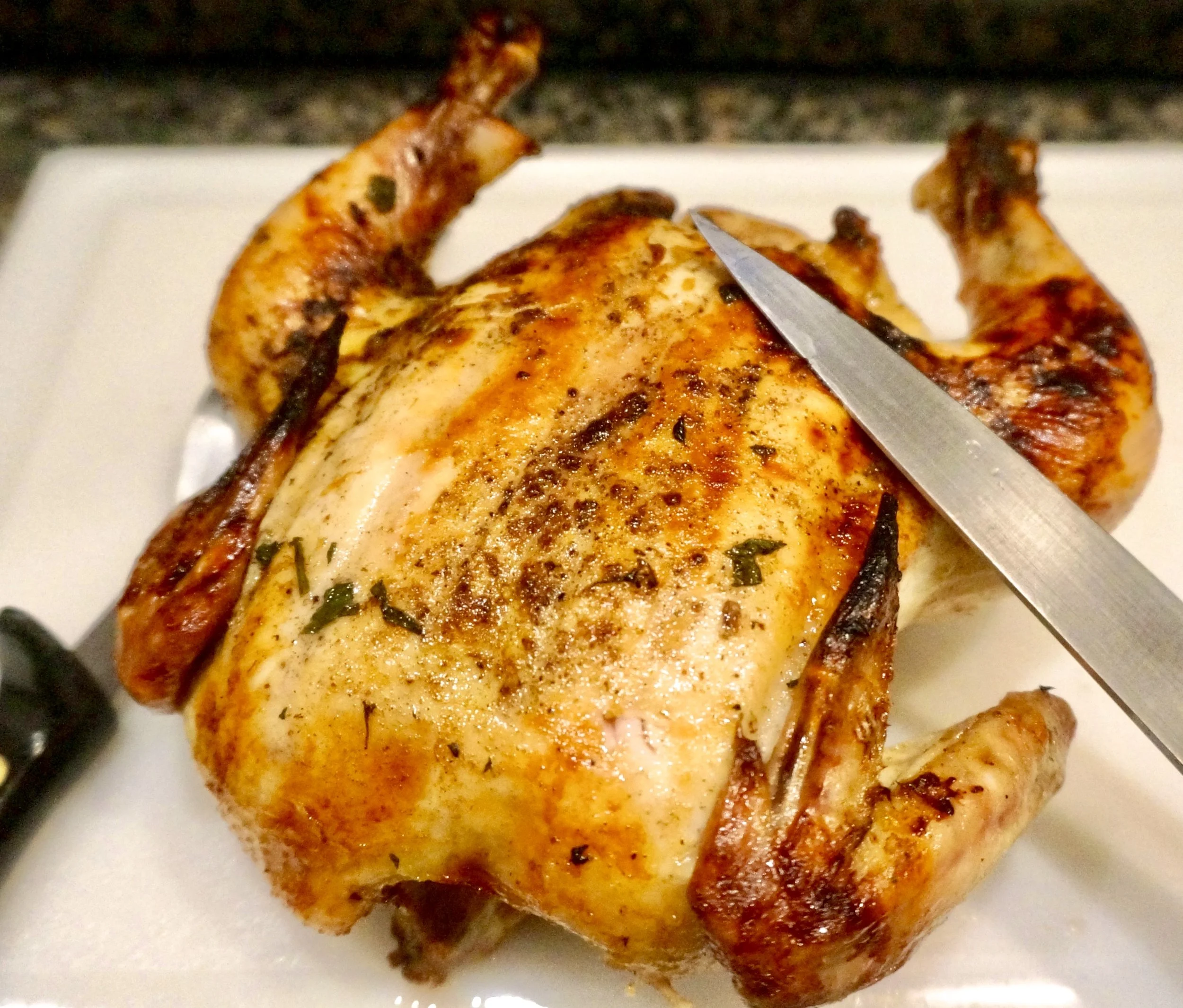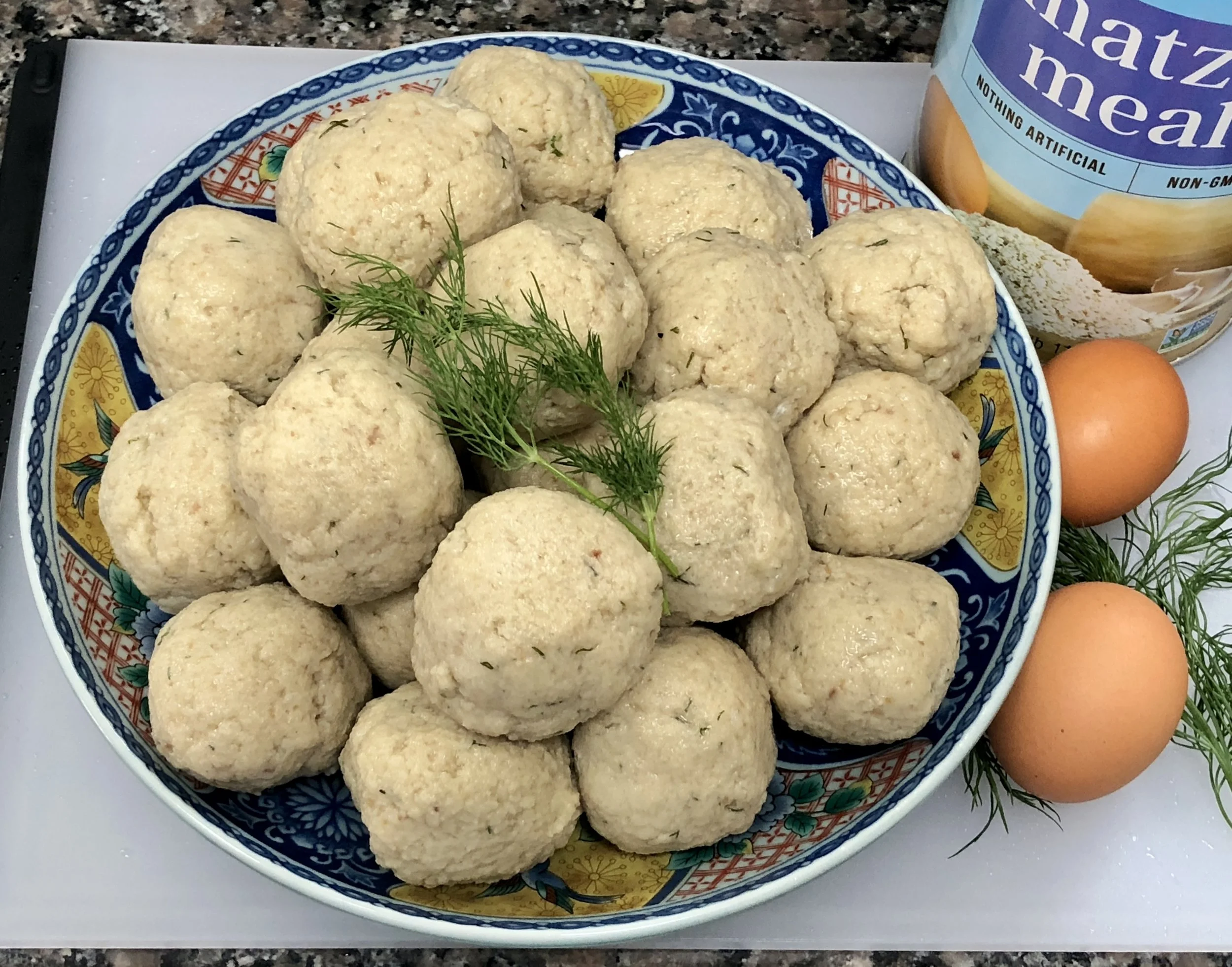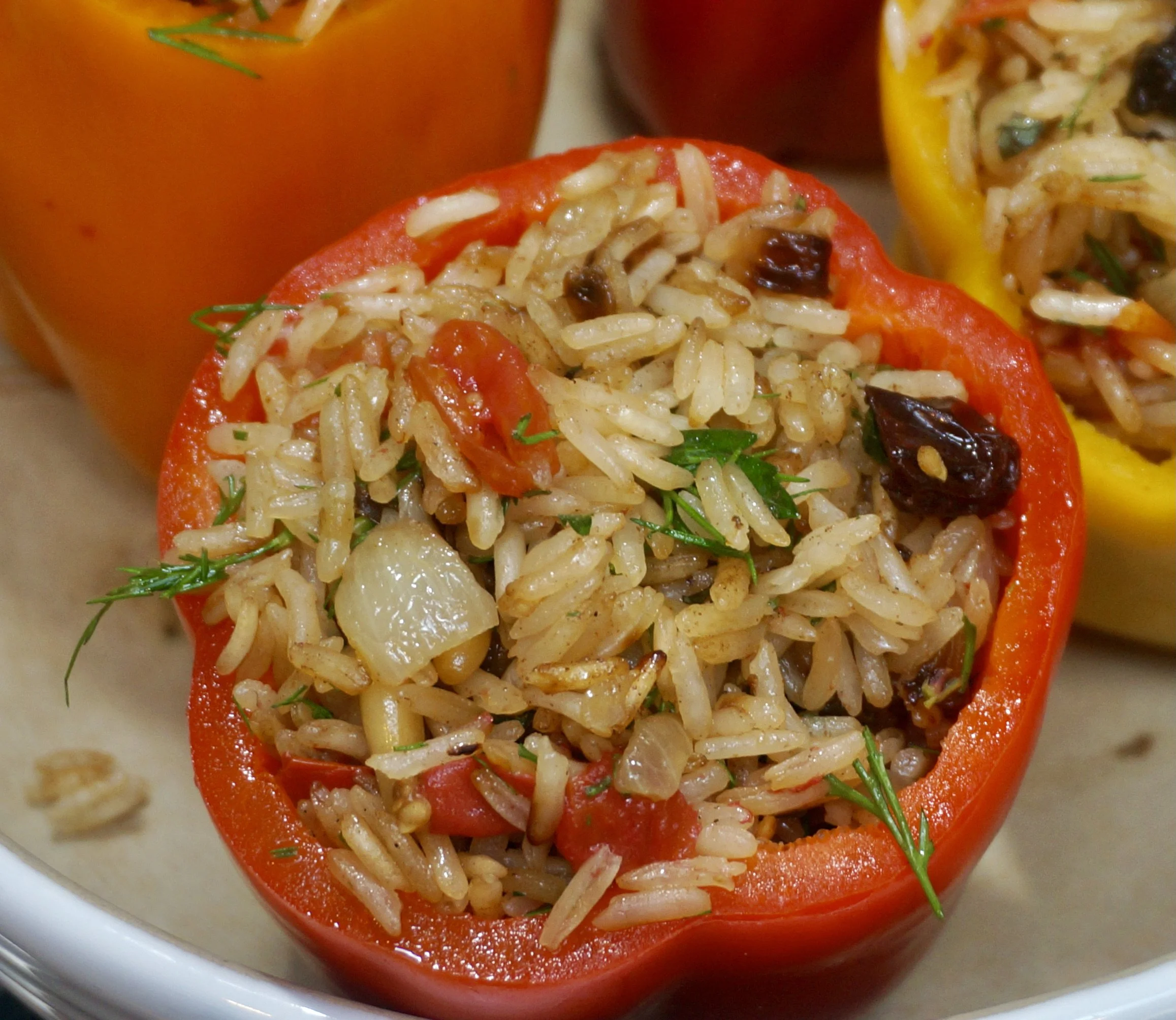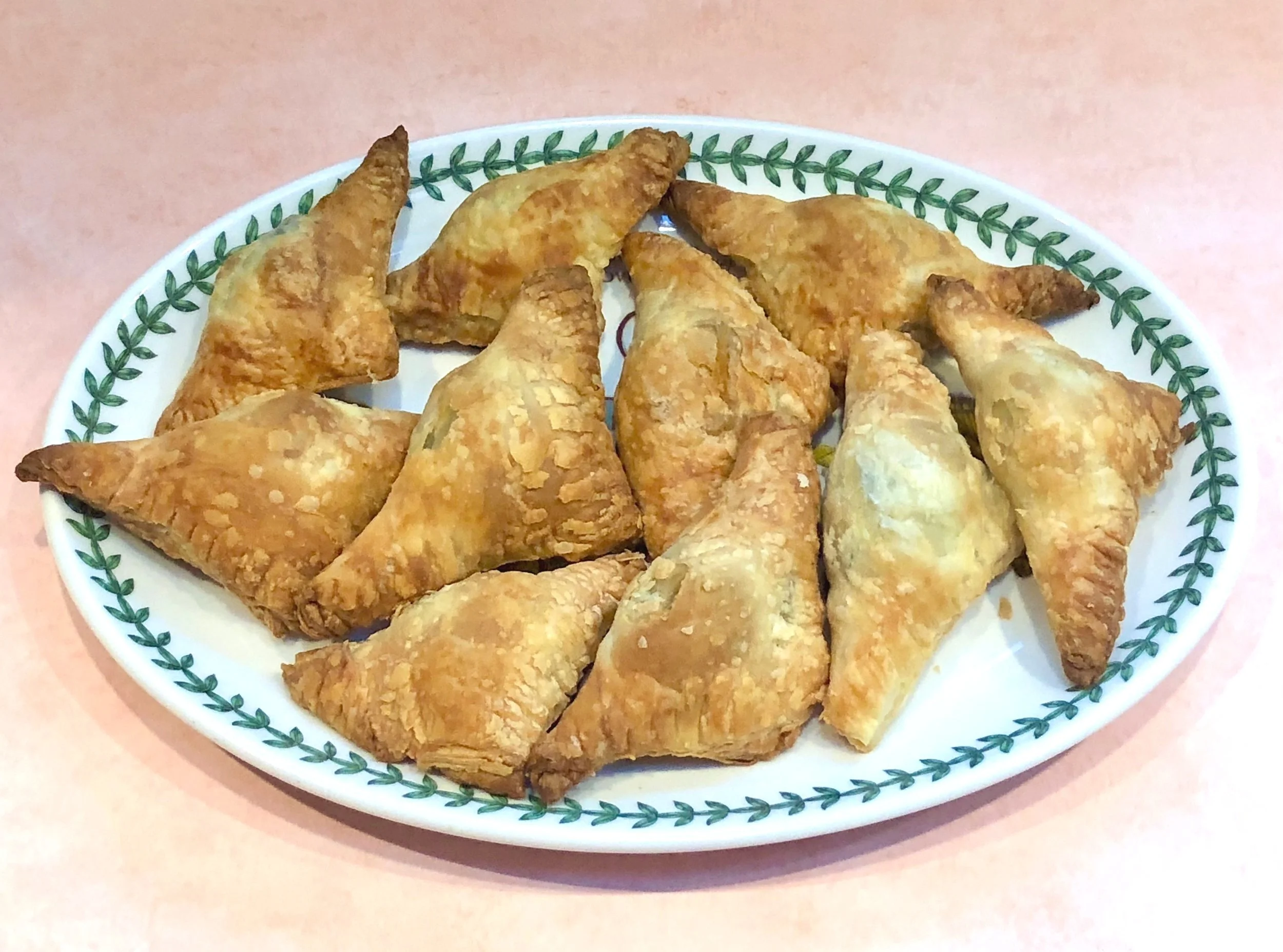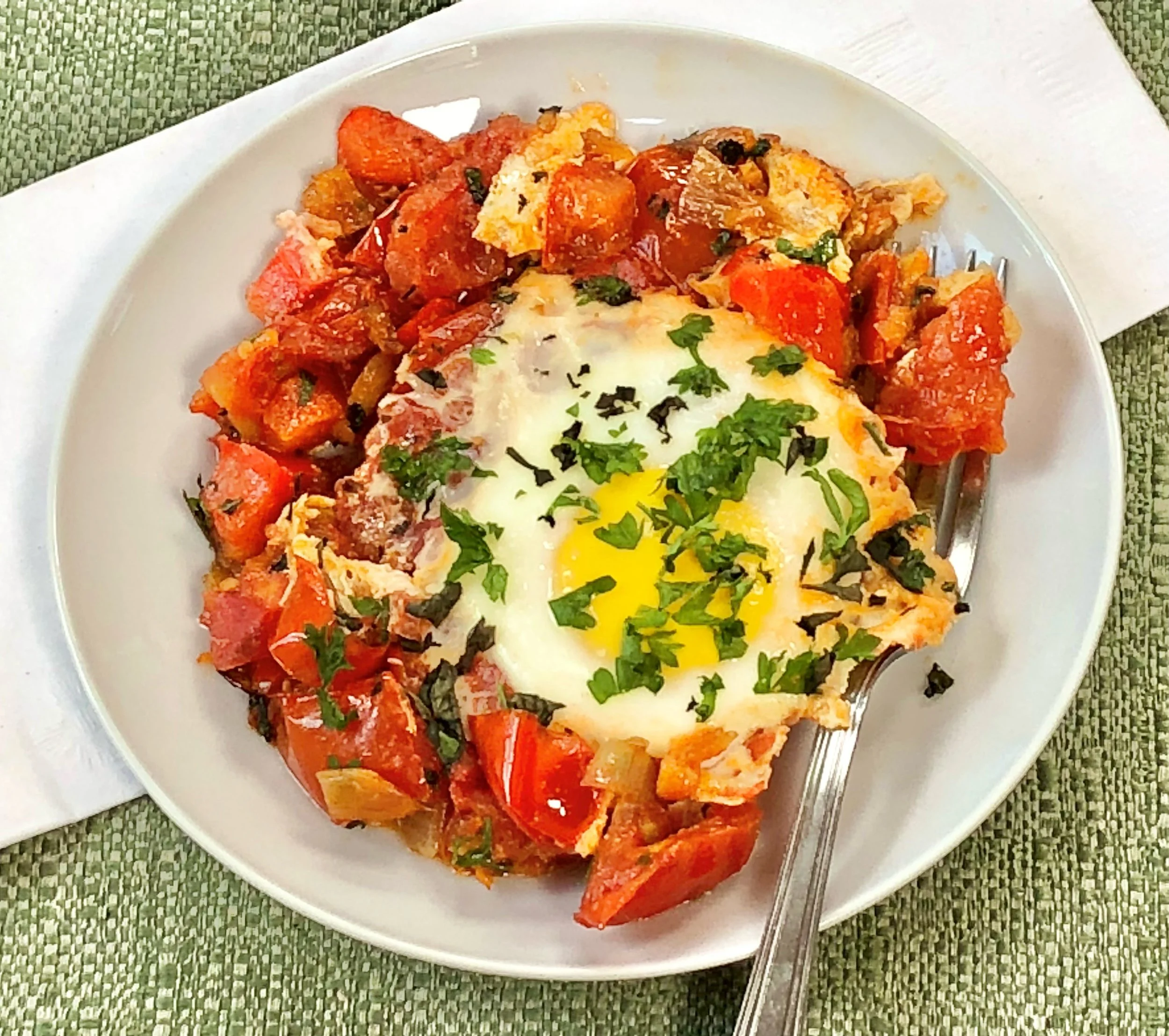Dairy Hamantaschen
If you follow a food calendar the way I do, you know it’s hamantaschen season.
I don’t understand why we wait for Purim to eat these magnificent pastries. Sure, they’re classic for this holiday, but I like them in June and October and any given Sunday.
Anyway, here’s one of my favorite recipes. There’s a recipe for prune lekvar on my website. For apricot lekvar: put about one pound dried apricots (I use California apricots because I think the Turkish or Mediterranean ones don’t have good flavor) in a pot, add about 1/4 cup sugar and cover with orange juice. Simmer for about 25 minutes or until soft, then puree.
DAIRY HAMANTASCHEN
2-1/4 cups all-purpose flour
1/4 cup sugar
1 teaspoon salt
1 cup butter, cut into chunks
8 ounces cream cheese, cut into chunks
1 large egg, beaten
lekvar (about one cup)
Place the flour, sugar and salt in the bowl of an electric mixer and mix briefly. Add the butter and cream cheese and mix on low speed for a minute or so until the mixture is crumbly. Raise the speed to medium and continue to mix until a smooth dough has formed. Wrap the dough in plastic and refrigerate for at least 8 hours. Preheat the oven to 350 degrees. Using small chunks of dough at a time, roll the dough thin (about 1/8th-inch) and cut out circles with a 3-inch cookie cutter. Brush each circle lightly with the beaten egg. Place one slightly mounded teaspoon of lekvar in the middle of each circle. Bring up the sides to shape the circles into a triangle. Press the sides tightly to keep them from opening when they bake. Place the triangles on a lightly greased cookie sheet. Refrigerate for at least 30 minutes. Bake for about 30 minutes or until lightly browned.
Makes about 36

